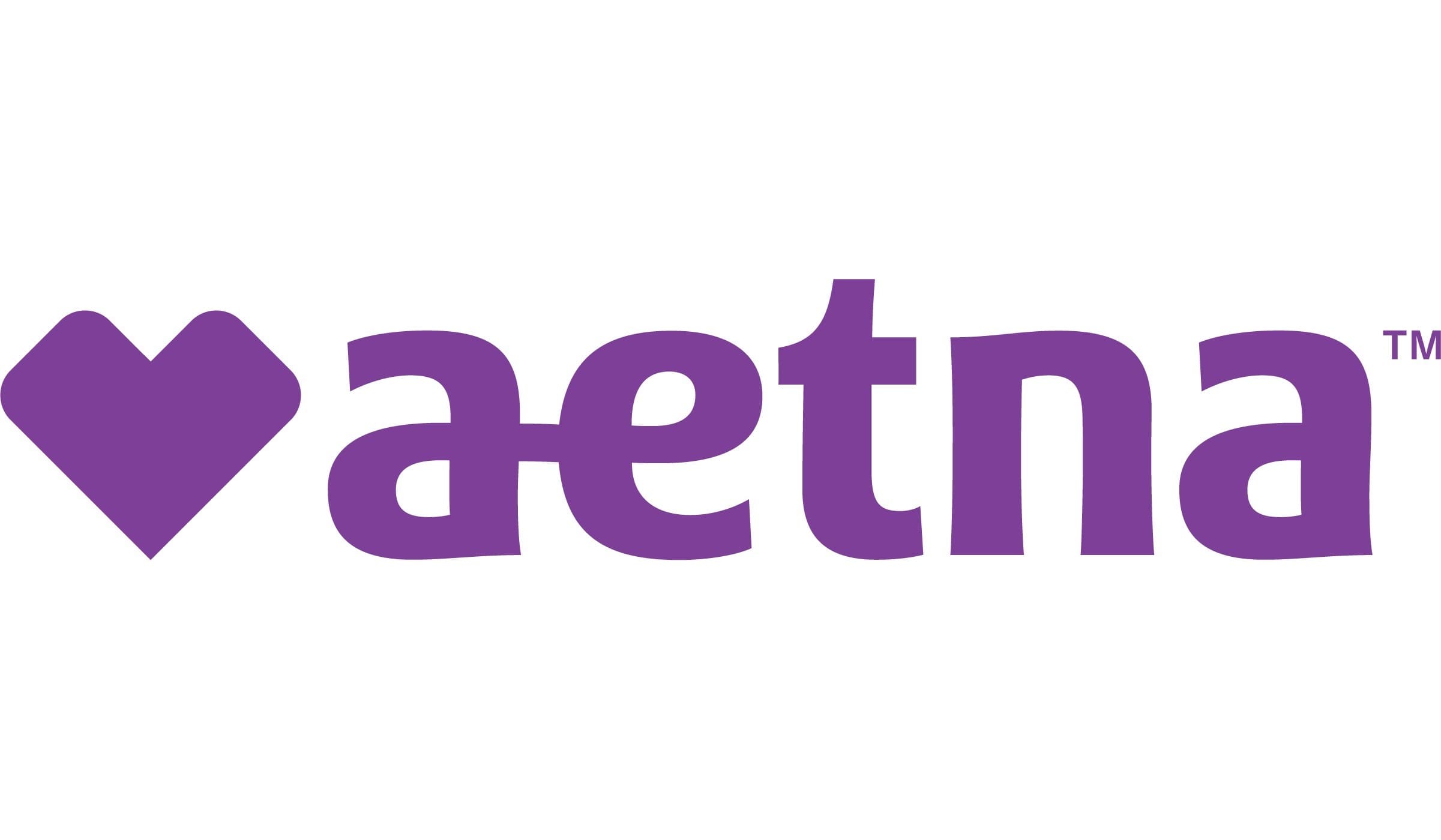Medicare Supplement Plans, also known as Medigap Plans, are designed to help cover some of the medical costs that are not covered by Medicare, and are available to anyone enrolled in part A and B of Medicare. There is an open enrollment period for the first six months after you turn age 65, in which you do not need to qualify.

Aetna
Founded in 1853 in Hartford, CT, Aetna is committed to providing individuals, employers, health care professionals, producers and others with innovative benefits, products and ...

Anthem BCBS Ohio
Anthem BCBS offers one of the larger provider networks in Ohio. A wide range of choices in plans, coverage and price levels. Innovative cost-of-care products and programs that ...

Humana
Humana's diverse lines of business work to serve all types of consumers. From families to seniors to military members to self-employed individuals, there is a plan to meet man ...

Medical Mutual of Ohio
As one of the country’s oldest and most trusted insurance companies, Medical Mutual has a history of offering quality health insurance products at competitive prices. Cop ...

Mutual of Omaha
Mutual of Omaha Medicare Supplement Plans are highly popular in Ohio and usually have the lowest rates. They take an attained-age rating approach to pricing their Medicare sup ...

United Healthcare
United Healthcare offers health insurance plans to meet the needs of individuals and employers. Plus we offer dental, vision and many other insurance plans to help keep you an ...
Why You Need Medicare Supplement Insurance
Medicare is a federal program to help older Americans and some disabled Americans pay for the high cost of health care. However, Medicare was never intended to cover all your health care costs. So even if you’re covered by Medicare, you are still responsible for a large portion of your health care costs. Without Medicare Supplement insurance, your out-of-pocket costs could add up to more than $71,700 this year alone.
By law, Medicare Supplement insurance is standardized into twelve plans (Plans A through L). That means Plan F from one company must include the same benefits as plan F from another company. While the benefits must be the same, each company’s rates, reputation, membership features and quality of service can vary. With Anthem Ohio, you don’t have to sacrifice comprehensive benefits or freedom-of-choice for affordability. Their Medicare Supplement plans provide substantial benefits at rates that can save you money over other plans.
Medicare Supplement Plans are Standardized
By law, Medicare Supplement insurance is standardized into twelve plans (Plans A through L). That means Plan F from one company must include the same benefits as plan F from another company. Since Medicare Supplement insurance plans are standardized and all insurance companies offer the same basic supplemental coverage, your Medicare supplement choice comes down to price and a company’s service, reputation and experience with Medicare supplement insurance policies.
In addition to the standard Plan A – L Medicare supplement health care policies, Medicare SELECT is a type of Medicare Supplement health care policy that can cost less than standard Medicare supplemental. However, you can only go to certain doctors and hospitals for your care.
Medicare does not cover all health care costs. Medicare coverage consists of Part A (which covers hospital and skilled nursing facility care), and Part B (which covers doctor bills and other medical expenses).
Even with Medicare Part A and Part B coverage, you’re responsible for some out-of-pocket expenses including:
- Part A hospital deductible ($1,676)
- Part B deductible ($257)
- Copayments for hospital stays over 60 days
- Care in a skilled nursing facility after 20 days
- Twenty percent coinsurance for doctor bills and other medical expenses
Basic benefits included in all plans include:
- Hospitalization – Part A coinsurance plus coverage for 365 additional days after Medicare benefits end.
- Medical Expenses – Part B coinsurance (generally 20% of Medicare-approved expenses), or in the case of hospital outpatient department services under a prospective payment system, applicable copayments.
- Blood – First three pints of blood each year.
To qualify for a Medicare Supplement policy, you must be age 65 or older (may vary by state), enrolled in Medicare parts A and B, and you must reside in the state in which you are applying for supplemental coverage.
When to Enroll
Your open enrollment period is the best time to buy a Medicare Supplement policy because companies must sell you any plan they offer regardless of your pre-existing health conditions. Your open enrollment period lasts for 6 months and begins on the first day of the month in which you are age 65 or older and enrolled in Part A and B of Medicare.
window.addEventListener(“message”,function(e){var t=e.data;document.getElementById(“msqe-iframe”).style.height=t+”px”},!1);
Late Enrollment
To help control rising costs, carriers apply the pre-existing condition clause to newly issued Medicare Supplement plans in most states if you enroll after the open enrollment period. Expenses resulting from a condition existing six months prior to the supplemental policy effective date are not covered unless they are incurred three months after the supplemental policy effective date.
If the supplemental policy replaces another creditable individual or group insurance coverage due to a person’s eligibility for Medicare, this Pre-Existing Conditions Limitation will be reduced by the number of months that coverage was in force. If this supplemental policy replaces another Medicare Supplement policy, this Pre-Existing Conditions Limitation will be reduced by the number of months that the coverage was in force.

